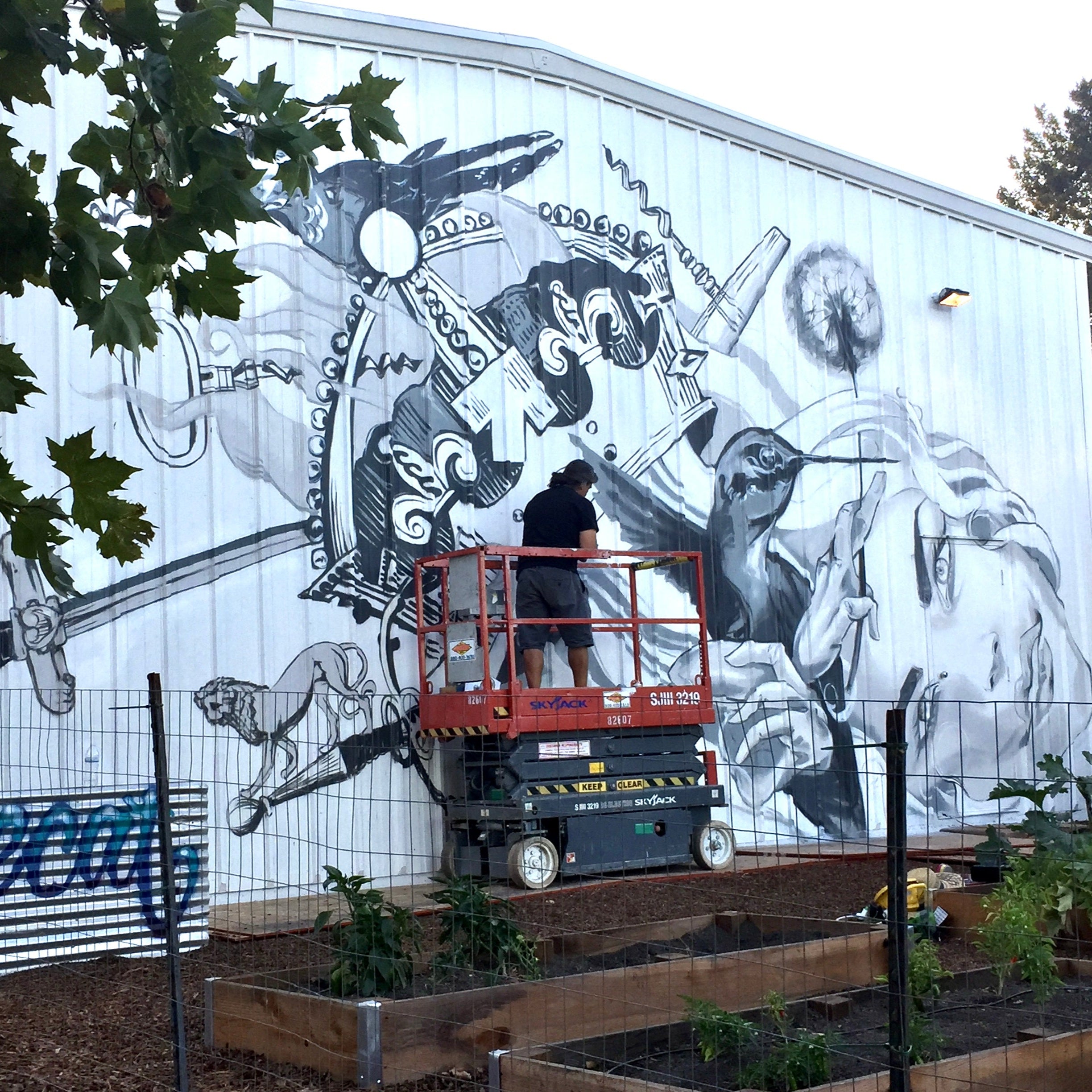Behind the Art
Meet the Artists

Profile
Asylum
Rare
Beauty
Why Street Art?
“Graffiti is fleeting by nature, often edgy pieces of beauty which challenge our notion of what is art and where it is viewed,” proprietor Sharon Kazan Harris explains. “New forms of art have always been met with resistance. Art critics found Impressionism shocking: consider this review in The American Register in 1879 about an exhibition of Impressionist paintings: "It was worth seeing for the same reason that one would go to see an exhibition of pictures painted by the inmates of a lunatic asylum." Graffiti originated as an urban art form. Now it is highly collected by fine art collectors. It is only the beholder who can determine the beauty of a piece. One must enjoy this art in the present since graffiti, like wine, is often fleeting."
Sharon Kazan Harris



